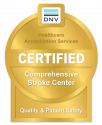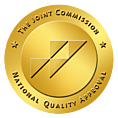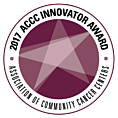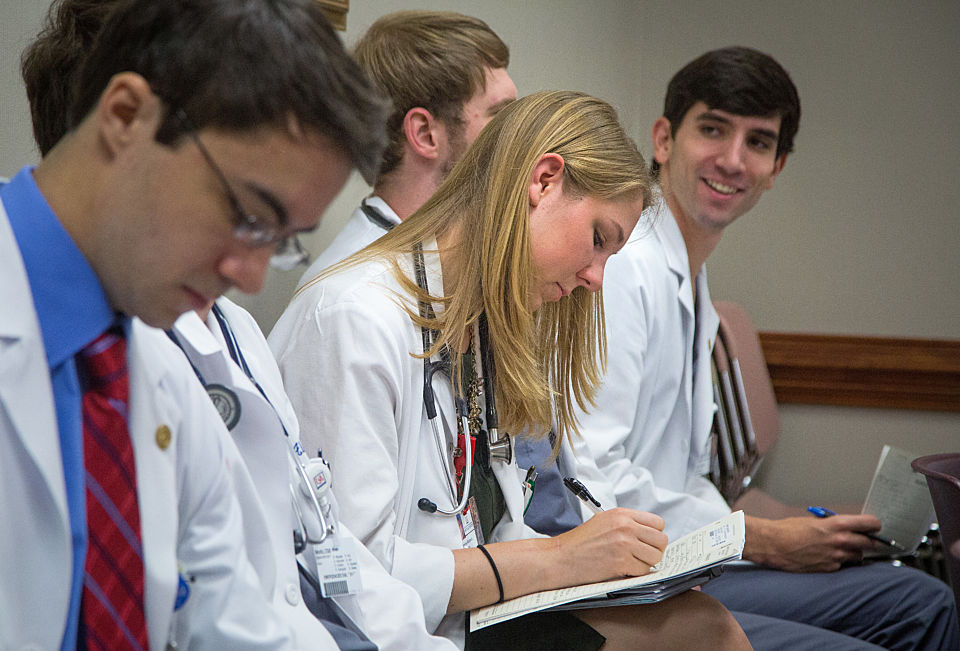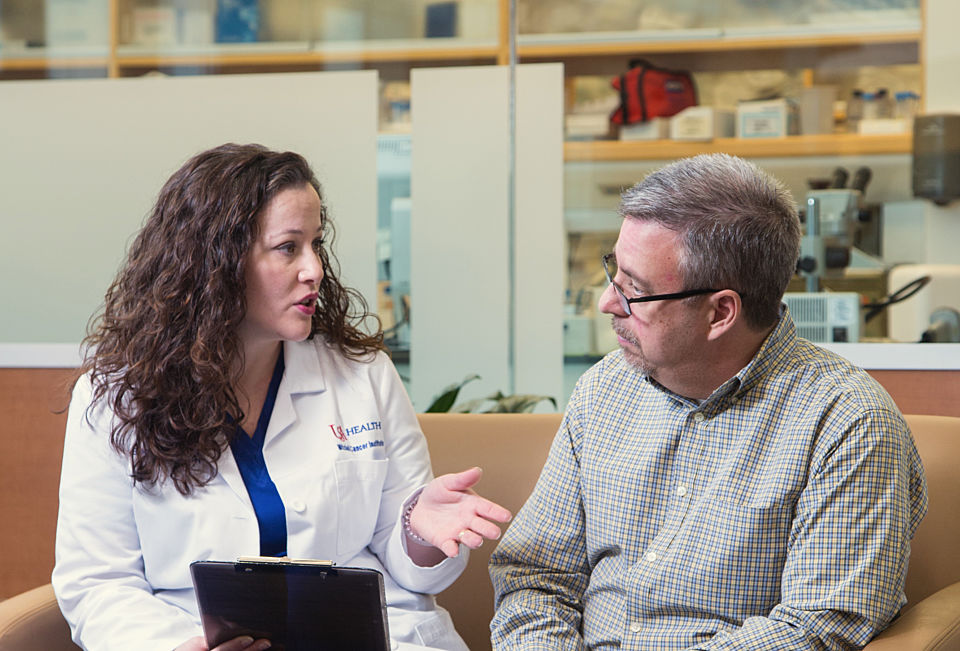Coastal OB/GYN was created with a shared vision: to provide high-quality, personalized care in a patient-centered environment.
USA Health Offers the Most Complete Stroke Care in the Region
When a stroke occurs in the brain, minutes matter. That’s why it’s important for a patient to quickly receive stroke care at a hospital that provides every possible option for stroke treatment.
At University Hospital, patients receive advanced care from our stroke team that includes emergency department staff, intensive care staff, neurologists, neurosurgeons, radiologists and lab technicians. For care afterward, they may work with physical and occupational therapists, speech-language pathologists, dietitians, and social workers. We participate in clinical trials to evaluate new treatment options. In fact, one of our specialists was the first physician in Alabama to repair a nonruptured brain aneurysm using the PulseRider® stent. We also work closely with the local EMS service to ensure that strokes are promptly identified so that the appropriate treatment can begin as soon as possible.
USA Health was the first hospital in Alabama to receive the highest quality measures recognized by the American Heart Association: The Gold Plus Target Stroke Elite Plus award. In fact, we’re the only hospital to receive this award three consecutive years.
Types of Strokes We Treat
There are several types of stroke, but all happen in the brain. Here are the conditions that we routinely treat at University Hospital:
- Ischemic stroke–As the most common type, an ischemic stroke happens when an artery to your brain becomes narrowed or blocked.
- Hemorrhagic stroke-This type of stroke occurs when a blood vessel ruptures on the brain.
- Transient ischemic attack (TIA)–Sometimes called a mini-stroke, a TIA involves a brief blockage in a brain artery that leaves little to no damage but should be treated seriously. TIAs can often led to more serious strokes.



